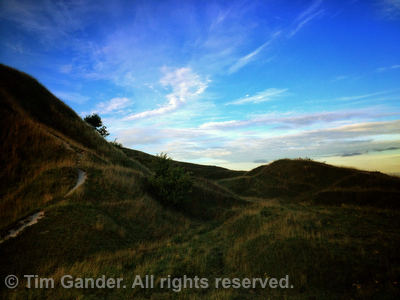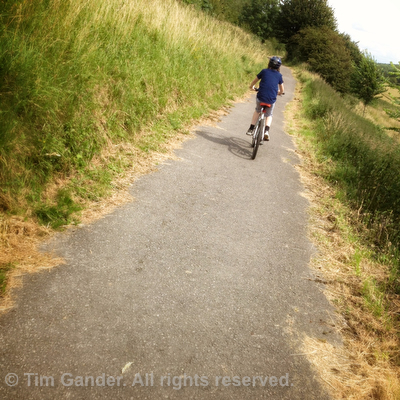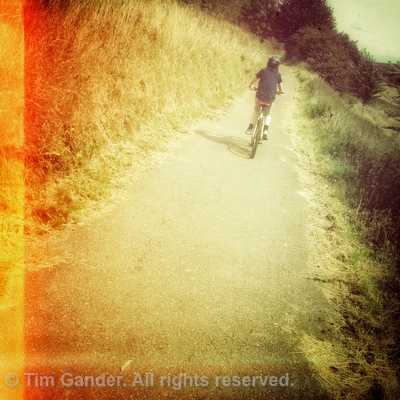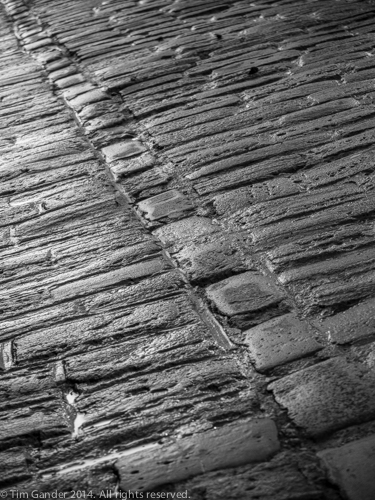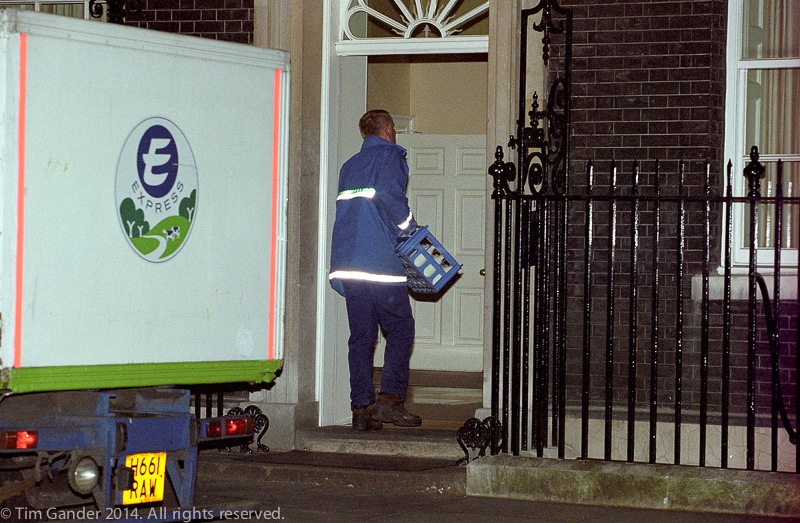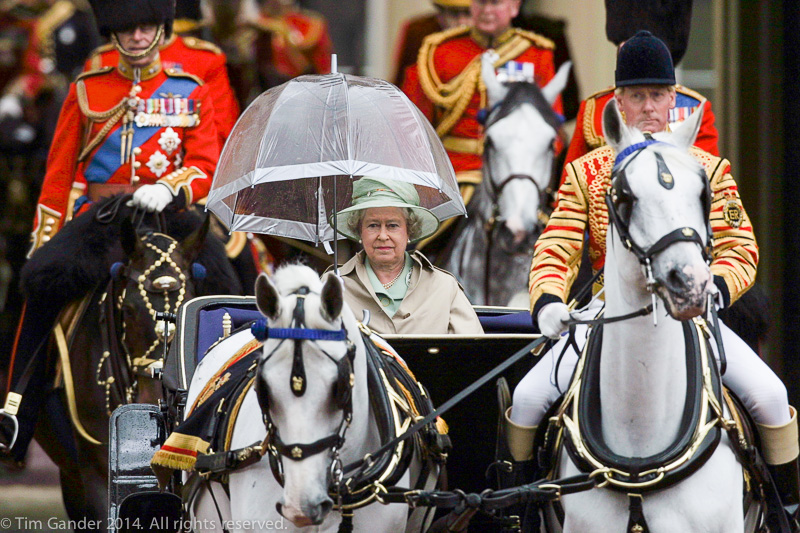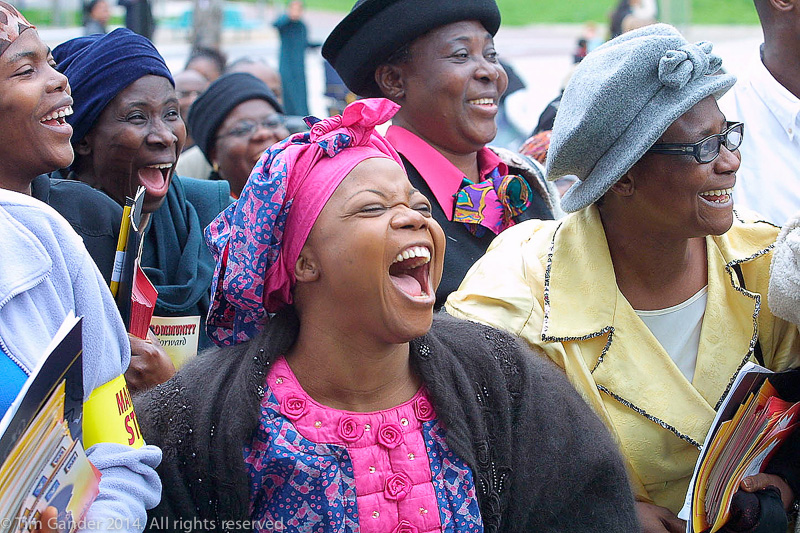The stock image library Alamy has just launched Stockimo, a new app for the iPhone which allows users to upload their phone pics directly to the library, and in spite of myself I’ve been using it.
I say in spite of myself because I’m not a huge fan of stock imagery to start with. I have about 500 images on Alamy, and I’ve had that same number of pictures there for quite a few years. To make any decent money I’d probably need upwards of 4,000 images there. I rarely add to my collection because stock isn’t how I generate income from photography. I’ve always worked best when on commission to produce a particular set of images for a specific client, and I find going out to shoot stock just doesn’t inspire me.
So why am I playing with Stockimo? Partly because I thought it would just be interesting to see how the app worked, partly to see what sort of images Alamy are after.
The app works pretty well, you can take a photo from within the app or choose an image that’s already on your camera roll. You caption it, add tags (which are the words clients will use to find the image), answer some model/property release questions and upload it. After a variable wait from a few hours to a day or so, you get an update to tell you whether or not the image has been accepted.
Here’s where Stockimo is a bit different from the regular Alamy image submission process. With iPhone photos they’re not looking at technical quality (it’s much lower on an iPhone of course) so much as the content and “emotional impact” of the photo.
Most of what I’ve uploaded (36 images so far) have been accepted, but I learned some early lessons. The first being not to be too light-
handed on filters. Alamy want you to batter your image with the hipster-filter-stick until it’s begging for mercy. Vignettes, light leaks, desaturated (or massively over-saturated) colours, retro textures, you name it. Throw enough effects at your image and chances are they’ll love it.
The images are rated by a mysterious group of “experts” who rate it’s emotional impact (ie how many filters used) and it’s saleability. Top score is 4, bottom score 0, and as long as your image scores above 2 as an average of all the judges’ scores, it’ll be accepted.
I’ll be honest, I’ve found it interesting to trawl my older images, re-edit them and see whether they get accepted or rejected and what scores they get. Some scores surprise me while others seem low, but the scoring does give a guide on what to aim for and what to avoid.
The question is whether I’ll take fresh images to upload on a regular basis. From my view as someone who isn’t a stock fan, at least this is minimal effort for the small returns stock image licensing delivers. I don’t see it damaging my commissioned work, so on balance I probably will. In reality I doubt I’ll upload enough to ever have any more than a homeopathic ratio of images within the many many thousands of images which will be uploaded, so it’ll be interesting to see if I ever sell anything. So I’m going to treat it as a bit of fun, see where it goes and not get too emotional about it.


